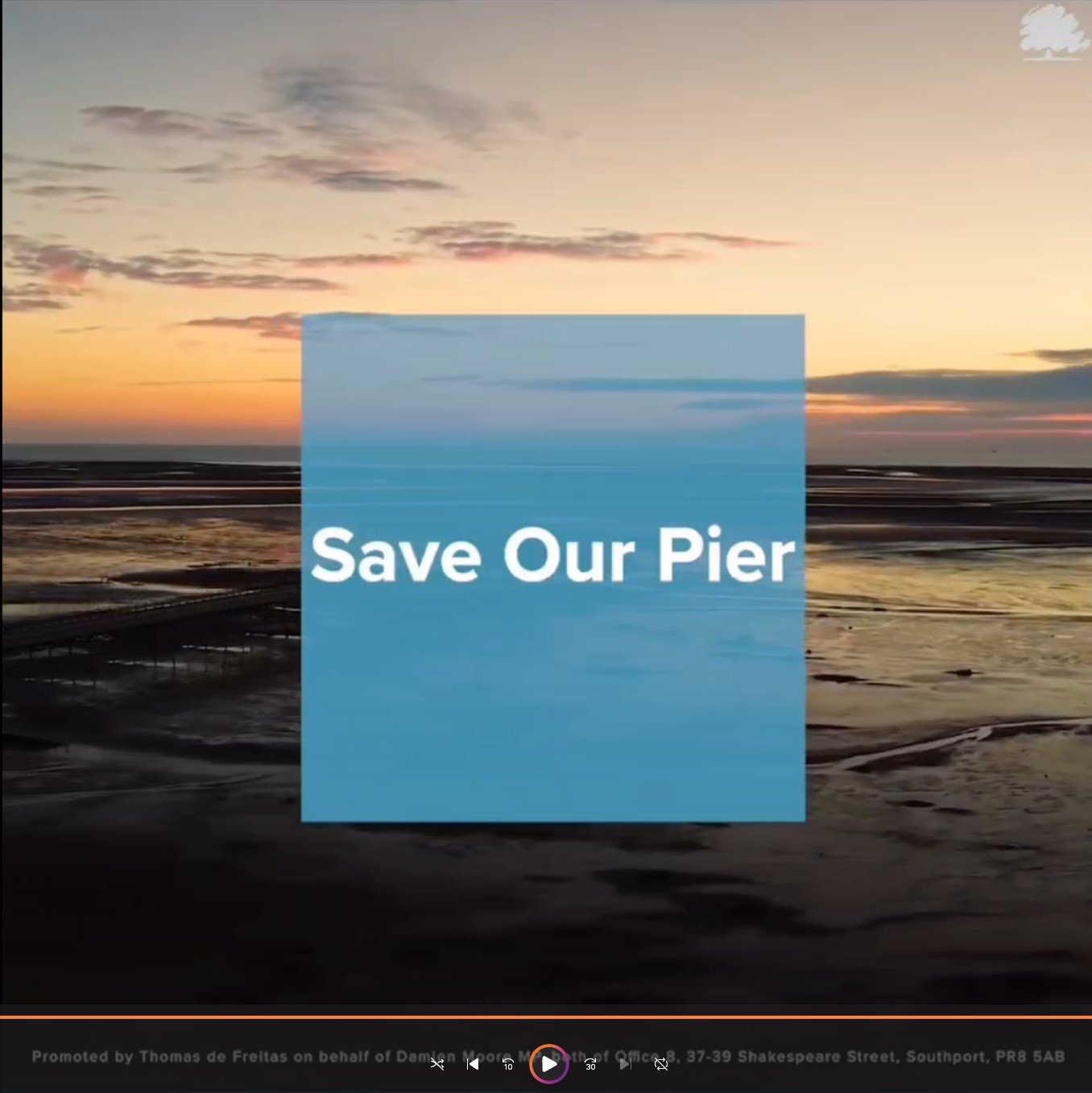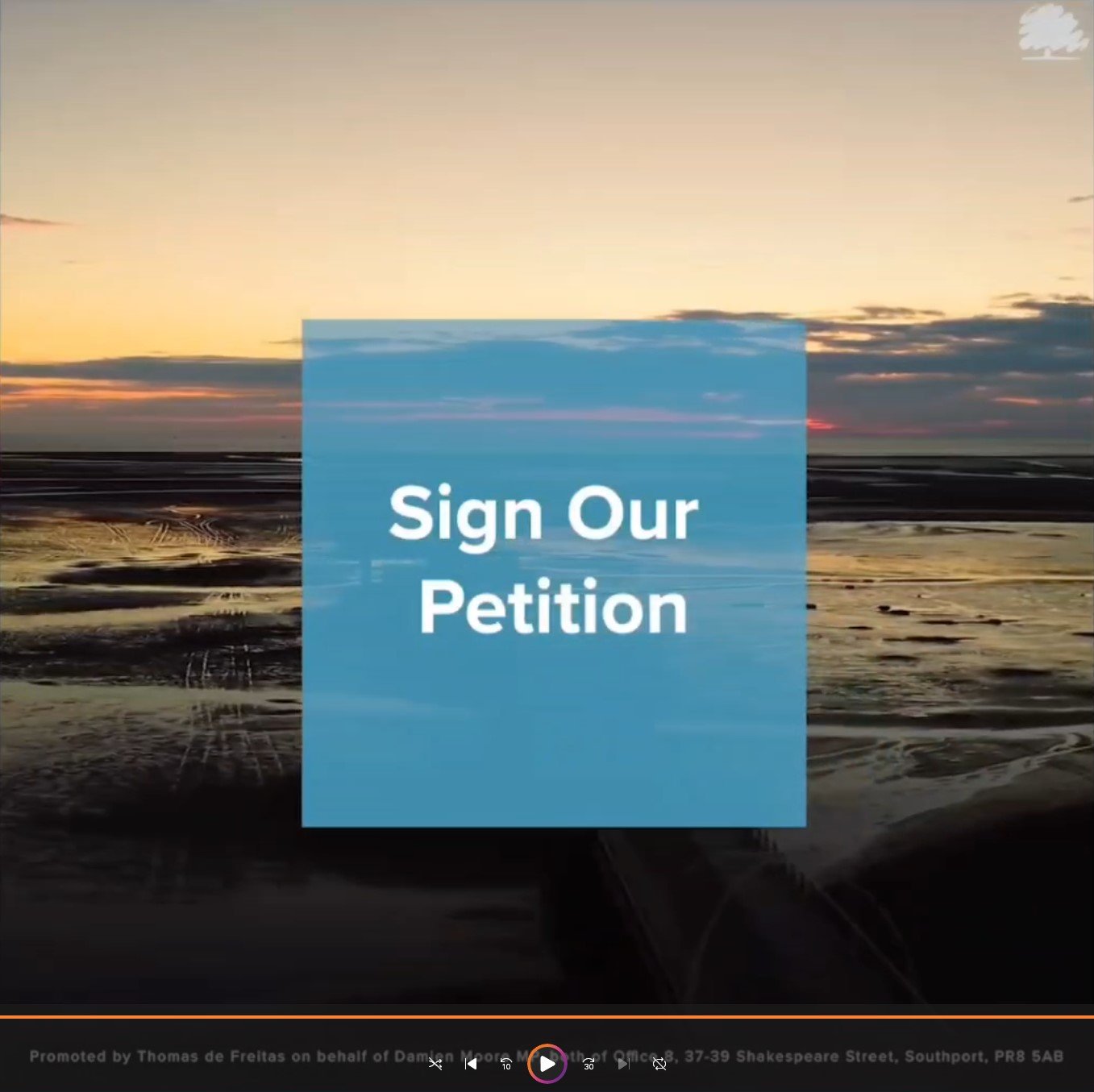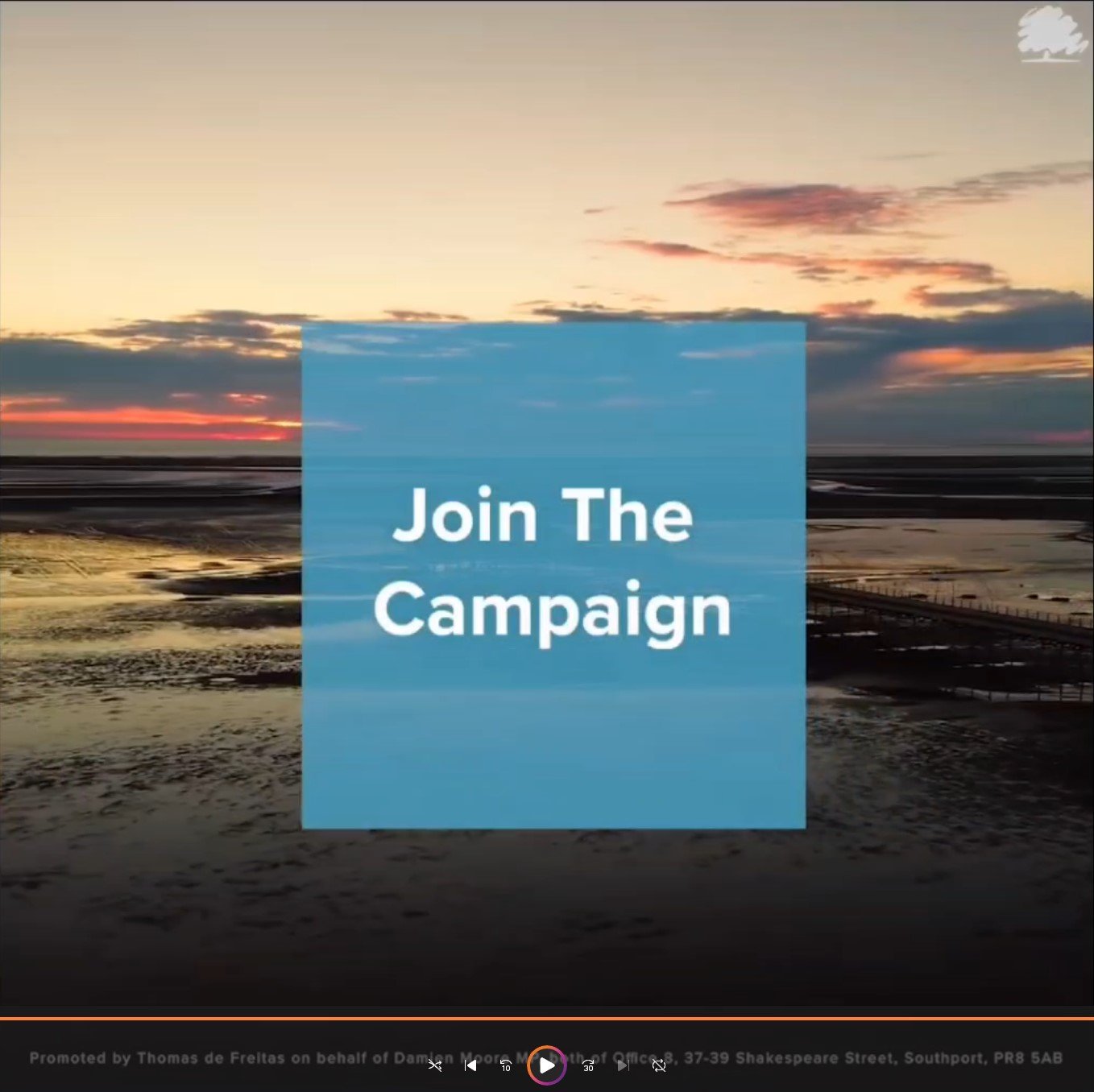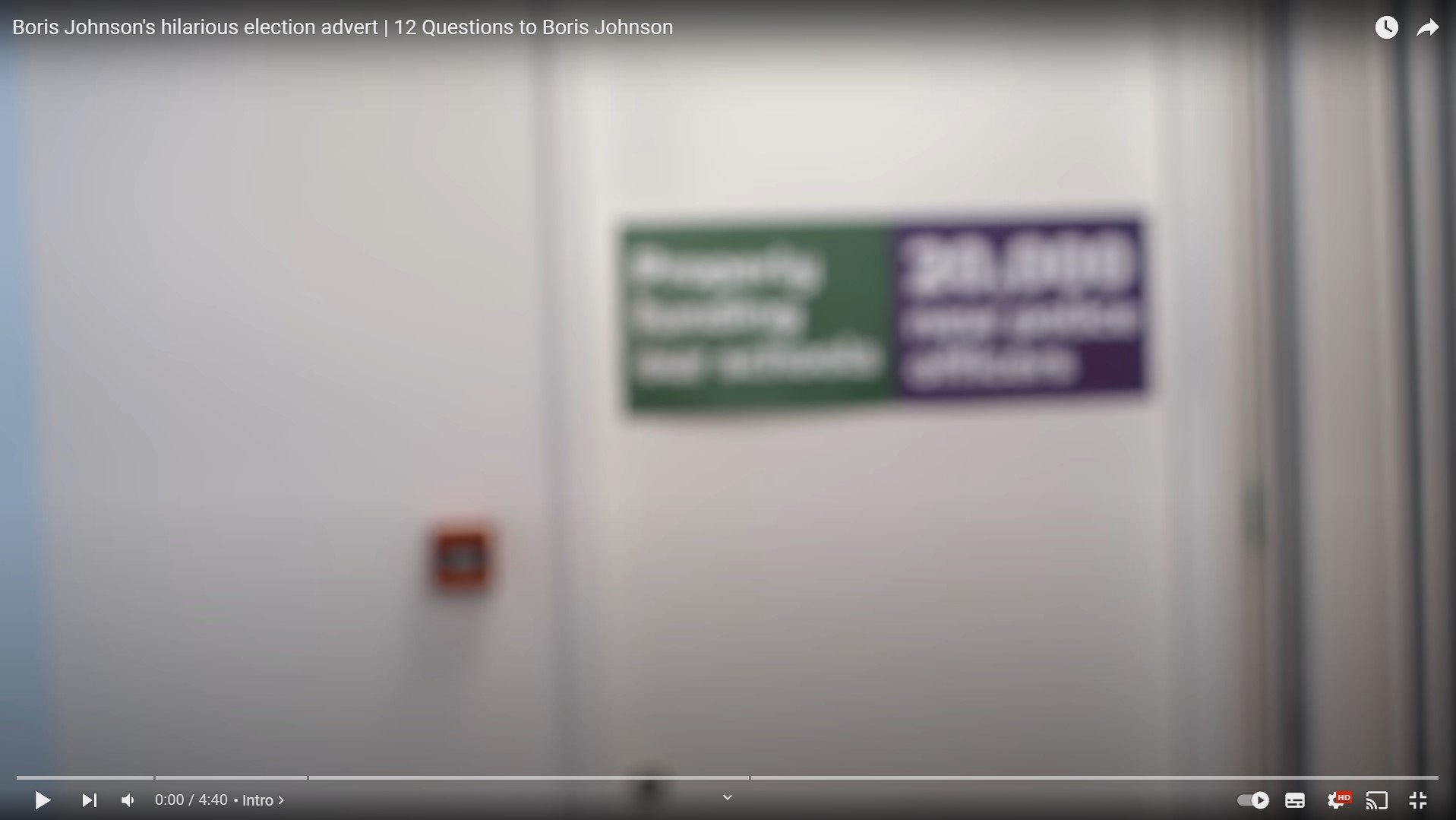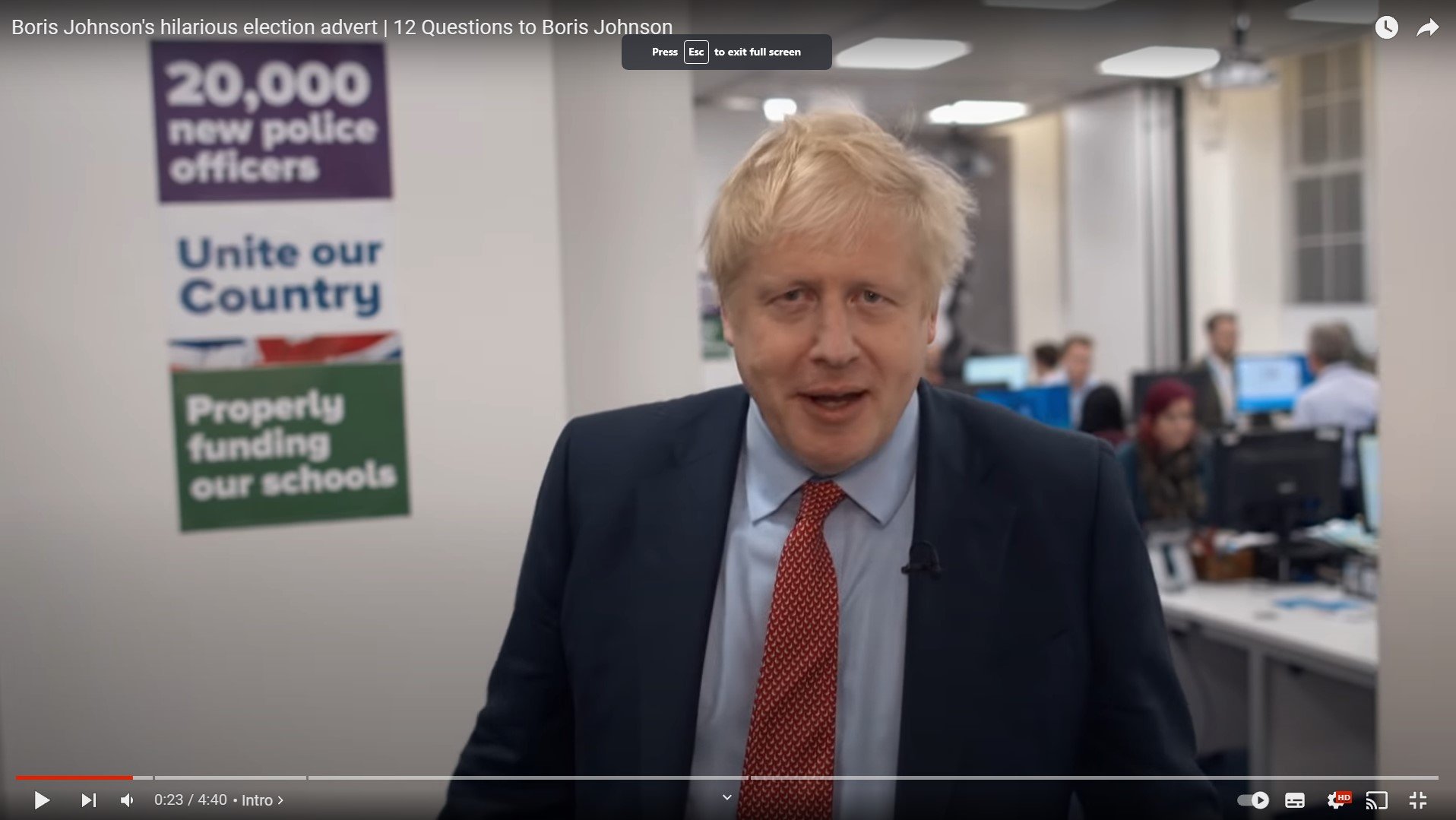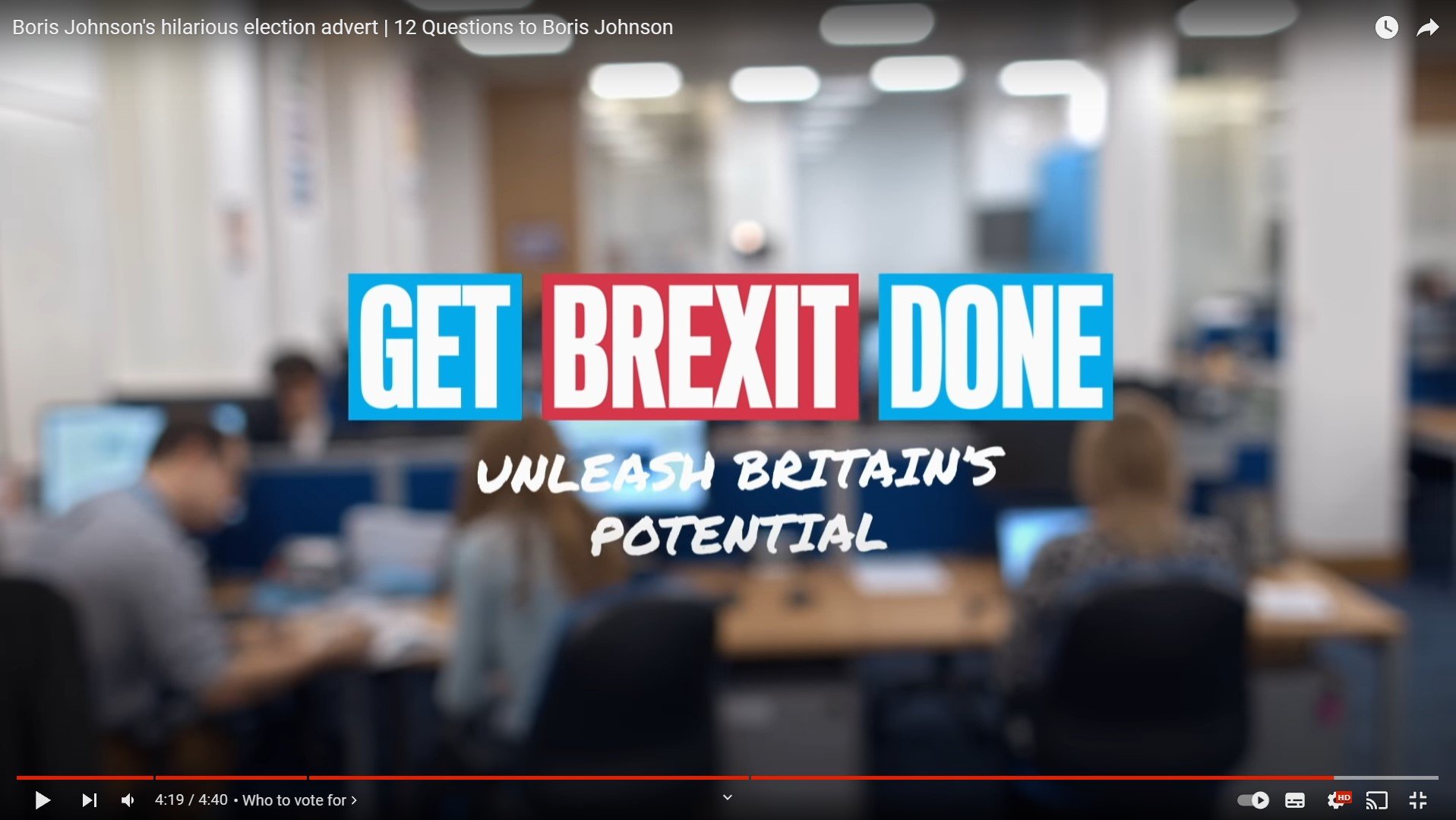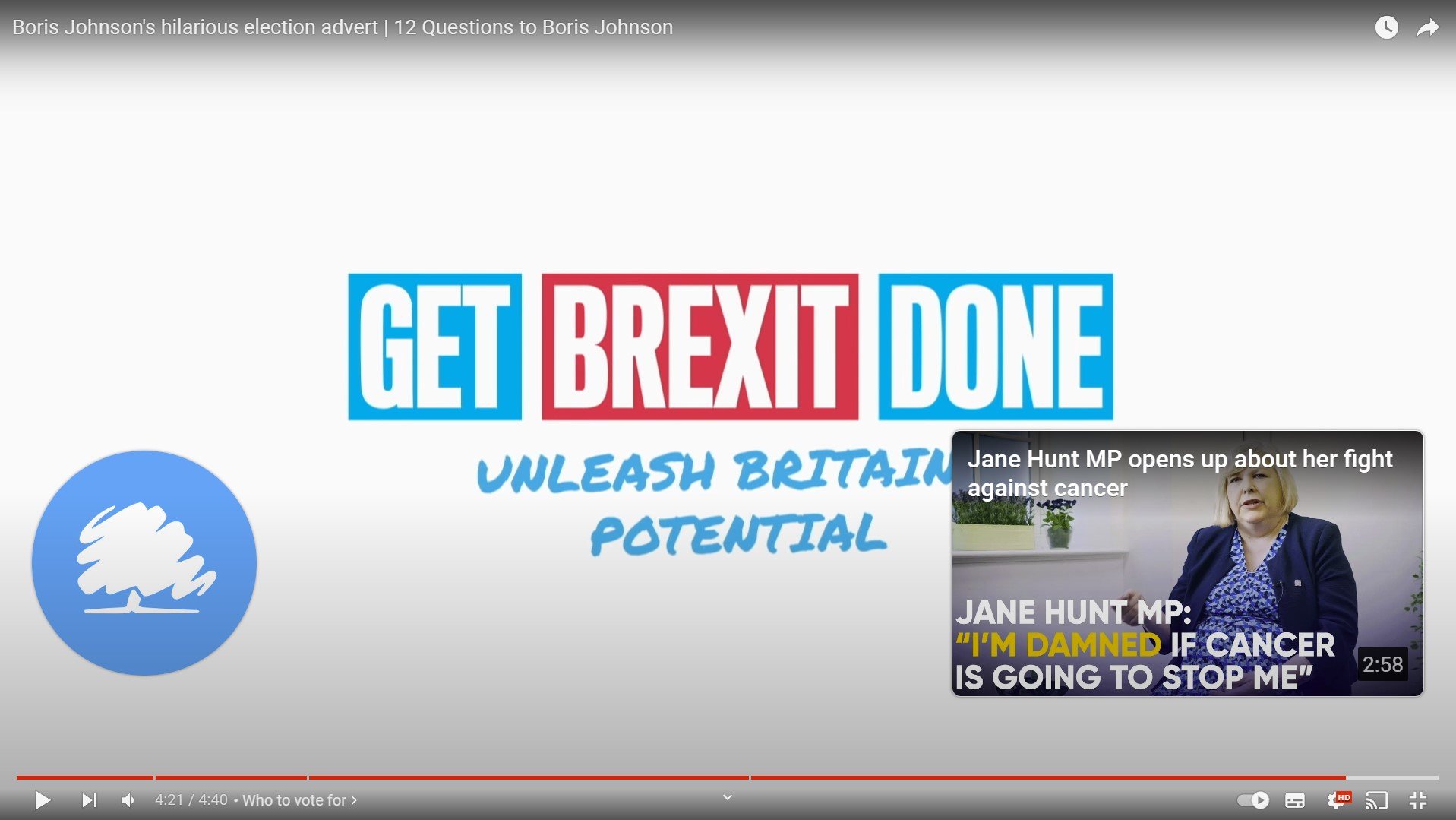Personal Investigative Study
Initial Research
The History of The Political Broadcasting
With my final major project being a local election campaign video, what relates heavily to this is party/political broadcasts.
The first broadcast was aired by the BBC for the 1924 General Election Campaign with the three main leaders. Stanley Baldwin of the Conservative Party, Herbert Asquith of the Liberal Party and Ramsey MacDonald of the Labour Party. They made a public speech to the public which lasted twenty minutes. By 1947 they had to regulate the number of slots for broadcasting, The BBC created a committee which comprised representatives from the three main parties to help establish a regulation system.
Following the rise of television broadcasting, for the 1951 General Election Campaign, the first televised one was made by the Liberal Party’s representative Lord Viscount Samuel. At the time this television broadcast was seen as farse because it was seen as he was reading from a prepared script like if he was on the radio. On the same evening, the Conservatives produced a more professional broadcast with Anthony Eden who was interviewed by Leslie Mitchel who was a pre-war television veteran. On the same evening the Labour Party’s broadcast followed the same rhythm with the interviews where Christopher Mayhew asked Sir Hartley Shawcross “Why a man so well educated, well off as he should support the Labour Party”. Back in the 50s, fifteen minutes for each broadcast was very normal. Presumably would get boring afterwards if it was longer and due to the fact of slot allocation for political broadcasts.
The first televised political broadcast was on the 15th October 1951 by Viscount Samuel.
A new type of political broadcasting started in the 1970s were advertising started featuring with more formal public addresses. Producers and Directors from Hollywood offered and showed their support to help their favoured party and at the same time the involvement of celebrities were support was taken out by all the main parties as I would presume it got really controversial. Today - A lot of broadcasts featuring political parties are now usually lasting around 5 minutes; some are even around 2 minutes. Apart from party political broadcasts which usually take place around when a General Election happens, these usually happen on a seasonal basis i.e. autumn, Party conferences usually happen around winter or spring.
Local Level Campaigns
Save Southport Pier Campaign
Southport Pier in 2016
A campaign which has been heavily close to my heart with the recent years is the closure of Southport Pier because it has been deemed to be unsafe by the council. The Pier was restored back in 2002 for £7.2 million it took 2 years to complete; with that in mind, it should last another 100 years like it did when it was first built by the Victorians in August of 1860. So this tells me that it wasn’t properly done in the first place, with the latest surveys have not been not been released by council to find out the real estimate cost of the a full restoration. Deemed to be around £10 to 13 million.
The people have said you could build a new pier for amount that the council has quoted. They say If the council can find funds to buy Bootle New Strand Shopping Centre for £32 million (which by the way is empty), then they can definitely find funds to restore the pier.
With the social and economical differences between Southport and Bootle, which has been subject to debate over the past 50 years since the two areas joined forces to create Sefton in 1974, their has been a lot of scrutiny in the council and with the leaders of the council being from Liverpool and in this case bias towards Bootle, this has created hatred towards Bootle by the local Sandgrounders in Southport because of instances like the Pier. The reasons why this campaign has meant a lot to me as Southport is going to be my future and of course mainly this is Southport’s heritage - being what was the longest pier in the country, now only the second due to how many fires it has head the the end and it is the oldest iron structured pier in the whole country. And with the way things of going in my personal opinion the town is being eroded away bit by bit; from what I can see the council is taking bits away from the town, almost robbing us blind.
National Level Campaigns
Britain’s Withdrawal From The European Union - Brexit
I was only 11 years old when there was a referendum on Britain’s withdrawal from the EU and I remember at the time it was a huge campaign which was setup primarily by the “Former Prime Minister David Cameron; now Lord Cameron” who wanted to negotiate a deal with the EU on mass immigration. The EU didn’t want to make a deal so he called for a referendum for the British Public to decide whether we wanted to be in the EU or not. On the 23rd June 2016 51.9% out of 48.9% of people chosen to leave and on that Cameron resigned and stepped down as Prime Minister on the basis of that the thought he wasn’t the right person to lead the country out of the EU.
The main history behind the European Project started back in 1975 when the British Public voted in a referendum to join what was a common market called the “European Economic Community” and that entailed in a few words a free trade agreement across all the European countries. 17 years later the first stage of European Integration commenced with 12 Member States signing the “Maastricht Treaty” which started to finish off the amalgamation of three main European Communities; the “Economic Community”, “Coal & Steel Community” and the “Atomic Energy Community”. This treaty also confirms the merger of common currency i.e. “the Euro” (The UK wasn’t included) and the introduction of a citizenship of the Union which formed free movement of people across Europe.
With the signing of the “Maastricht Treaty” this caused the rise of political figures such as “Nigel Farage” who is Eurosceptic and who was one of the biggest campaigners for “Brexit”. He became famous across the UK for his speeches in the “European Parliament”; with the ability to hold the room and his charisma has made him well liked across the country.
Farage left trade commodities at the “London Metal Exchange” to pursue something which not only he believed was right, but what the country wanted and with all the integration from the EU, he fought for the people of the UK and protested as much as he could to make sure that we were not going to go down the rabbit hole of what he believed to it become a United States of Europe - in so many words and in a nutshell this is why Britain voted to leave the European Union.
Reflect On Your Own Work
Southport Town Deal
A campaign which I was part of was the Southport Town Deal, we comprised a board together which had a wide range of public and private sectors, including some of the most successful business owners through out Southport. A Shadow Youth Board was created which I was part of and I became in charge of Consultation which was a campaign in itself to encourage the younger generation to come up with ideas for the actual Town Deal fund. As my role of being “Leader of Consultation” I thought about creating a video which was around about 5 minutes long maximum and I nicknamed it the “Southport Town Deal "OVERLOAD"” as a catchy title would get their brains working and produce some ideas. At the time I couldn’t create this video fully as I didn’t have the right editing software so I joined forces with the Sefton Council’s Media department to edit it to how I would like it. A guy called “Ollie Cowan” helped me out with the editing side and the end result of what we come up with is below; All this happened during Summer and Autumn of 2020.
I gathered over 7,000 consultation engagements with more than 1,000 from school/college students.
In-Depth Investigation
What Makes a Video Campaign Successful?
In the world of campaign videos, it is a powerful marketing tool which can be used to capture attention, create emotion and motivate action. Video is one unique way because you are incorporating sound and motion together and can be much more productive way in the terms of gathering an audiences attention. This is included with the increased level of engagement, there is a handful of things which should take place in order for a campaign video to be seen successful.
Having a content strategy is the main part because the video needs to be able to stand out with companies or people needing to invest any sort of time into what they want their video to say or show before they start to create it. Not even making an attempt to create such video shows a lack of promotion that will not catch anyone’s attention as it was intended. This is where the content strategy comes into the video as it will end up helping us pick out the main message and the story which is being told so it fits with the brand’s aim and budget.
Another way which helps with a campaign video being really successful is that knowing who you are targeting with the promotional efforts. You should not assume one type of person will respond well to it, having different demographics may react differently is based on several different things such as age, gender, culture etc. It is also a good thing to understand what people expect out of campaign videos from different groups so that you can create a video meeting those criteria’s. This could become really difficult if you start looking at smaller audiences; such as people who engage with a specific YouTube channel. It is also very important understand probably from the beginning that not everyone is going to respond positively, but it is the matter of finding the right people who are using these strategies above to engage them.
It is also very easy to get overwhelmed by every kind of possibility that a campaign video can bring. Firstly you need to set realistic goals, which then need to be broken down into bite size chunks to secure success. These also should align with the goals set for any ongoing campaign video if there is any. After these have been rectified for each stage, then this should move on from the planning and to start creating content for the promotional efforts.
Analyse x2 Campaign Videos
Southport Pier Campaign Update W/ Damien Moore MP
Adobe Stock Graphic - The Beginning
To start with from the right beginning, this campaign video starts off with a a graphic at the start of the video which gets people enticed and interested in to see the latest progress of Save the Pier campaign. It looks as if they have used Adobe Stock to create the intro graphic. The text which is being used for Damien’s name is in bold letters with a border around it and then at the top the border breaks off with the lettering which says “Member of Parliament for Southport” which shows it is an update from the local MP, this text is set to the bottom left. To title the campaign video, in the top it still uses bold letters to make it really easy to read; with Southport Pier being blue which contrasts well with the graphic behind and then Campaign Update is in white. Another artistic creation which is basically part of the graphic, all the text flickers and transitions with the audio used and then transitions into the actual video.
Video Footage - The Middle
The video footage which is used is very generic, the shot type which is being used is a mid shot as it is only showing from the waist up, the shot angle used is a mixture between eye level and over the shoulder because it is showing the subject as if the any other person would have a conversation with that person and also it is slightly elevated above the subject so you can see the Pier which is leading off into the distance which is showing leading of lines; the camera movement is stationary. There are bold captions being displayed on the bottom which are really easy to read and are set in line with when the subject is talking. The aspect ratio which is being used is a 1:1 which is a square mainly because this is a targeted advert for Facebook and Instagram.
The Drone Shot - The Ending
For the last scene of the video uses a wide shot with a birds eye view shot paired with a panning camera movement to capture the Pier and the landscape surrounding it. As the camera pans around, a blue see through square is put in the centre of the screen which white bold text has been placed in the centre of it; the text changes three times as the camera pans around from “Save Our Pier” - “Sign Our Petition” - “Join The Campaign”. Lastly, their is an imprint on the infographic which you have to compulsory put somewhere in the video to show who actually promotes and runs the social media pages etc. So for this, it uses simple white bold lettering which says “Promoted By: Thomas de Freitas on behalf of Damien Moore MP” etc.
Boris Johnson’s 12 Questions General Election Advert
To start with the the video fades in to a blurred camera and as the subject walks out of the door and the video becomes unblurred. As the video plays we can see the shot type which is being used is a medium shot type with the camera angle being at eye level and the camera movement is called a follow. This shot list stays constant through out and hardly changes. The context behind this advert was to create something which was funny and witty as this seemed to fit with the subject’s personality, creating something like this twelve questions was to try and entice viewer into see what he does in his daily life, favourite bands and among other things questions about why he should be the next Prime Minister; There is no captions through out the video showing you the questions, all the questions are being asked by the cameraman himself. To create videos like this is supposed to show a different side and make people believe that he is not what people thought he was; all this is down to a funny personality and it worked well hence why he won a landslide majority. At the same time as he is walking through his office building, their is small little posters on the wall dotted around the office which were manifesto promises, they were trying to keep you on your toes as the subject spoken so that you looked and listened. The most artistic thing I can see which was created was at the end of the video was where the video blurred and then the famous words came up which said Get Brexit Done - Unleash Britain’s Potential and then the background changed to white with the colour changes on the for the slogan.
Presentation
A Video Presentation
Critically Evaluate
My Chosen Practice and Research Study - Evaluate & Reflect
What discipline have you chosen to look at in detail?
Why does this interest you?
I have chosen to do a local political campaign video mainly because I have a huge interest in the local area and to try and make it better for the future and our future kids who will be growing up in Southport. I also don’t think their is many young people who are getting involved or even interested, I want to be able to be that voice who is almost speaking for my generation and the generations after me and at the end of the day this is our future. I really would like to reiterate that. I will either be making a full candidate campaign video or I will be creating one for me as I am standing in the next Local Election; Things will need to be approved by the association before I can go ahead with any plans, I will keep a diary/step by step process on how things are getting on and whether or not I will be changing any sort of proposal for the Final Major Project.
How will your research inform your own practice?
By looking at the historic examples of political broadcasts, this shows how I can adapt that to create my campaign video and this will help me create my own practice because this shows how everything is done, filmed and scripted; even right down to how to make a campaign video really compelling. As I have researched into what makes a successful campaign video, I will adapt that knowledge to my own practice by; looking into a good content strategy which will help me make a video which gets people engaged and invest their time in the video, knowing who your target audience is key as you need to cater to everyone and their different demographics and having a realistic goals set to make sure that it is successful.
What type of research have you looked at?
Primary / Secondary / Surveys / Case Studies / Questionnaires
The type of research I have looked into is secondary meaning I have mainly used the internet to research everything for my final practice. I have looked into the history of political broadcasts which shows the stages of development of how things used to be produced and I have looked into a local and nation campaigns which are very good examples; I have gone into detail on each one.
What original ideas and concepts have you come up with to do your own chosen theme moving forward?
My idea for my video is originally going to be based off an existing campaign video, but I will put forward my own campaign in the video and my own Adobe Stock Graphics and ending credits. I have chosen this mainly because it is standard practice for who I am creating the campaign video for and of course this is a genuine and real campaign video which will be used for the forthcoming Local Elections on the 2nd May. As of writing this out, We are still looking into how we are going to create the campaign video because we don’t want it to infringe on anyone’s candidate expenditure and of course not breaking any Electoral Law.
What have you found the most challenging with this project?
To find out exactly what to research in relation to campaign videos as they seemed to be too of a narrow field to look into. So instead I looked into the history of political broadcasts which helped extensively because this takes you back in time to when it wasn’t common place to have a recorded or filmed broadcast and this took me through the stages of when it was a radio broadcast to a television broadcast. This also took us through the campaign speeches by the three main parties of yesteryear.
Presentation - Evaluate & Reflect
How effectively did you present your findings? PowerPoint / Screen Recording; How did this go and how could you have improved?
I chosen to do a screen recording for my presentation as I thought that was the best and comfortable medium for me. In terms of how did I present my findings, I completely read off what I personally written down in my blog and did my best to read it as much as I could without stuttering. As I listened back to my recording, I did stutter a lot and I read directly off the cuff and personally I could of read my blog a few more times to familiarise myself with what I was saying. I think if I did a PowerPoint, I could of at least shortened presentation because it did eventually go over the 10 minute mark and was more or less close to 15 minutes. I also think I should of been a little bit more impartial as it seemed I was a little bit bias towards the local council on the Save the Pier local campaign. In terms of the production and recording of the presentation, I couldn’t really fault it as it was recorded on OBS Studios which is a open source program; in other words free and I could add all kinds of add-ons and even a face cam which I could size to sort what I was doing. All in all I don’t think I did too bad, but it could of been better.
Authentication Document






